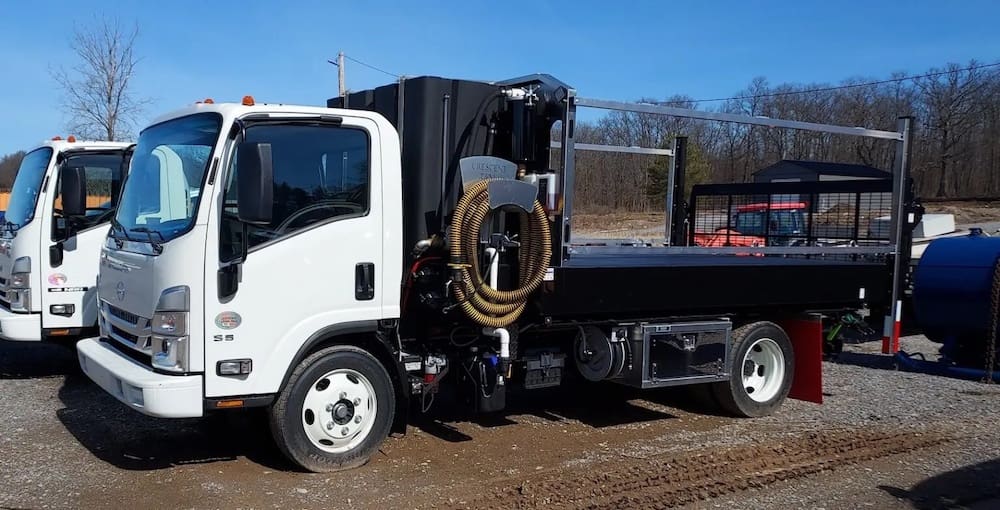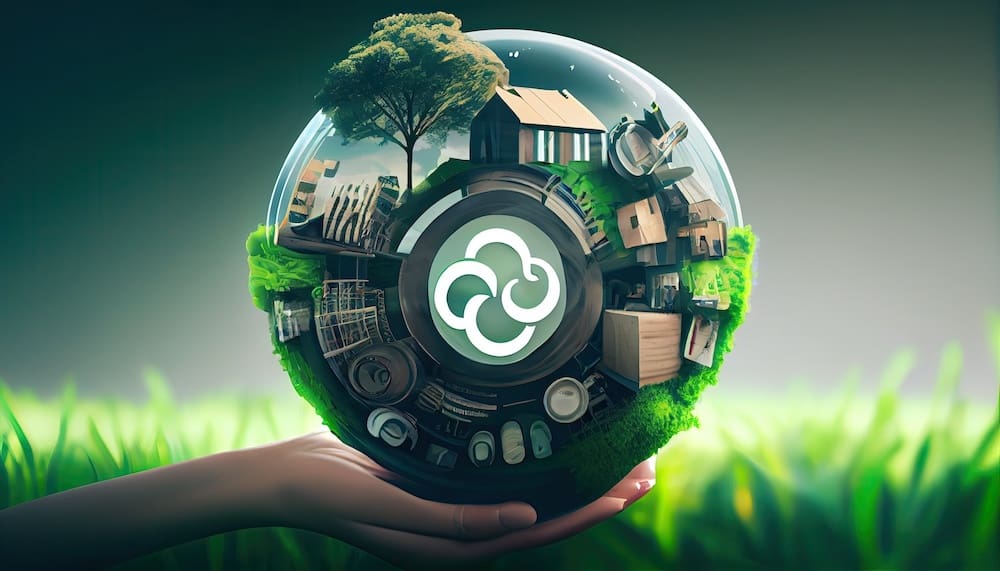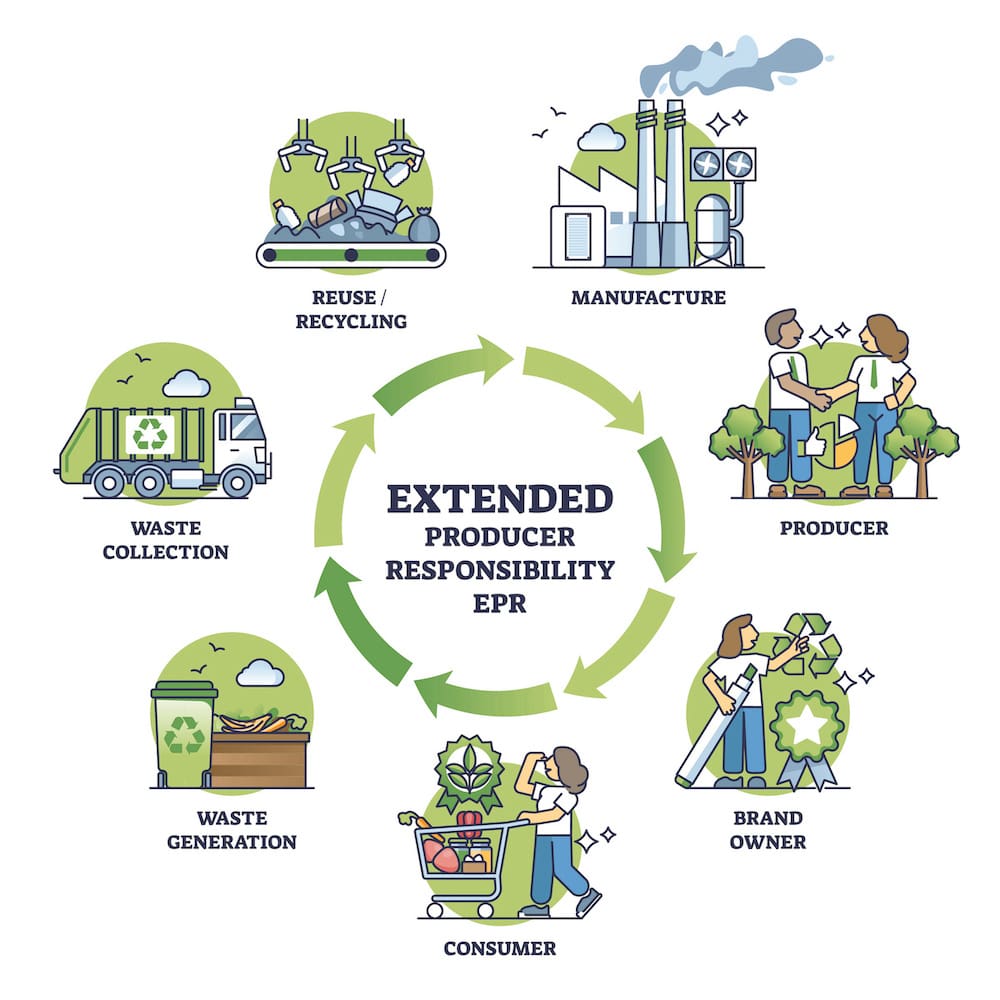While waste disposal has been coming to the forefront of consumers’ and manufacturers’ minds and practices, there’s always room for improvement in the recycling industry. With so much that can be turned into new products, many simply find it easier to throw things into the regular trash bin. However, five new recycling trends are making waves in 2024, aiming to boost confidence in responsible waste removal.

1. Advanced Recycling Technologies
Whether you have waste disposal trucks that come through your community or head to recycling centers, when necessary, advancements are being made concerning waste-to-energy solutions. Advanced recycling, molecular recycling, and chemical recycling refer to the diverse technologies that can break down and regenerate polymers that can be transformed into new products or fuels. Companies often use AI to find new solutions that help reduce the environmental impact of waste disposal.

2. Increased Momentum on the Circular Economy
The circular economy concept is all about materials and products designed for recycling and reuse and is gaining momentum in 2024. This model of consumption and production entails recycling, repairing, reusing, and refurbishing existing materials when possible. This aspires to extend the life cycle of products to reduce waste as much as possible.
The traditional method of take, make, consume, and throw away pattern is known as the linear economic model. This market depends on making large quantities of cheap materials and using lots of energy. Many governments have begun offering incentives to businesses that support circular initiatives. As this technology develops, we can expect waste reduction and more responsible resource use.

3. Reducing Single-Use Plastics
Many manufacturers and companies are either planning or implementing bans and restrictions on single-use plastics to reduce pollution. Plastic is a top material for everything from beverages and foods to electronics. Even in the Philippines, most local government units (LGUs) are encouraging the use of reusable eco-bags when shopping, which are practices common in Europe and the United States these days. Some even charge you for using plastic bags, and with LGUs implementing stringent legislation and practices, expect this to increase in forethought in 2024 and beyond.

4. E-waste Recycling Innovations
The use of electronic devices is rapidly increasing, which has brought about greater attention to waste trends that involve their recovery and recycling methods to minimize the environmental effects of electronics. This makes many wonder how e-waste recycling is done.
E-waste recycling is more complex than our modes of conventional waste recycling processes. First, electronics are manually sorted by categories, types, and models after collection. It may take going to an electronics shop to put these materials into the recycling system. All devices are examined to determine functional parts that can be extracted for reuse. Some components can be sold as parts to create a new computer, phone, or television. Anything that isn’t functional is sent to recycling processing.
E-waste that cannot be repurposed is shredded into tiny pieces after going through a de-manufacturing process that involves disassembling the products into components. This aims to remove any hazardous materials in the devices that can destroy equipment or contaminate the environment if tossed into landfills. For example, printer toners are highly explosive and flammable and can damage the processing equipment of the operators themselves.
After the waste is shredded, any valuable parts will likely have the potential to make e-waste recycling profitable for companies and become one of the most popular waste trends. This concept has received a lot of attention, particularly in the European Union and China, where most electronics and appliances are manufactured. There are likely to be more laws supporting managing e-waste in the future.

5. Rises in Extended Producer Responsibility (EPR) Programs
EPR is not new to the recycling trends scene. In recent years, these programs have evolved into a potent policy tool at the disposal of LGUs and the Philippines national government. EPR is an approach in environmental policy that keeps producers responsible for managing products by extending the product’s lifecycle.
The Extended Producer Responsibility department aspires to support recycling and material management, which positively impacts the circular economy through product design changes that are more environmentally friendly. Numerous sectors in the EPR operate stewardship programs that include the following.
- Paint: The stewardship program for paint attempts to see that leftover paint supplies are either recycled, adequately disposed of, or reused.
- Carpet: The carpet program also ensures that post-consumer rugs and carpets are properly disposed of, reused, or recycled.
- Mattresses: The mattress stewardship program aims to eliminate illegal dumping and increase recycling, which can significantly reduce local government costs for end-of-use management for used mattresses.
- Pharmaceuticals and Sharps: To be a part of the stewardship program, the EPR requires proper disposal options for prescribed drugs and sharps waste.
- Packaging: Known as the Plastic Pollution Prevention and Packaging Producer Responsibility Program, this stewardship transitions plastic pollution to the plastics industry rather than the consumer.
- Batteries: The battery recycling program mandates establishments to create a stewardship program for collecting and responsibly recycling recovered batteries.
The Benefits of Waste Removal and Recycling Trends
Virgin and raw materials are in high demand globally, but technological advancements are making strides to amplify recycling efforts that ease the strain on the environment. From 2024 and beyond, expect waste removal and recycling trends to progress along with improvements and enhancements.
These trends barely scratch the surface of everything we can expect in this industry in 2024 and beyond. Technology being worked on includes data analytics, molecular recycling, and depolymerization, which are under development. Implementing these new waste removal and recycling trends into your routine business practices gives you a competitive advantage over competitors and increases compliance with EPR laws.
At Matthews Motors, we understand the importance of waste and recycling trends in our industry. That’s why we’re committed to providing our customers with the latest and most innovative solutions. If you’re in need of a new portable restroom truck, be sure to check out our inventory. We’re always looking for ways to improve our offerings and help our PSAI customers achieve their sustainability goals.






